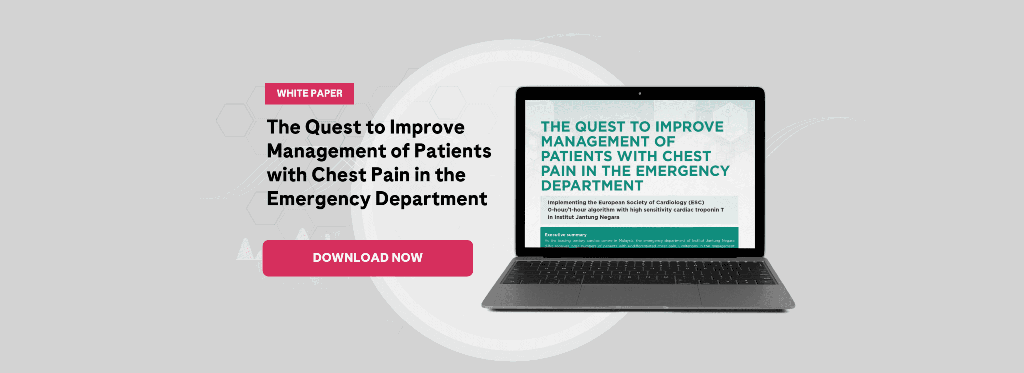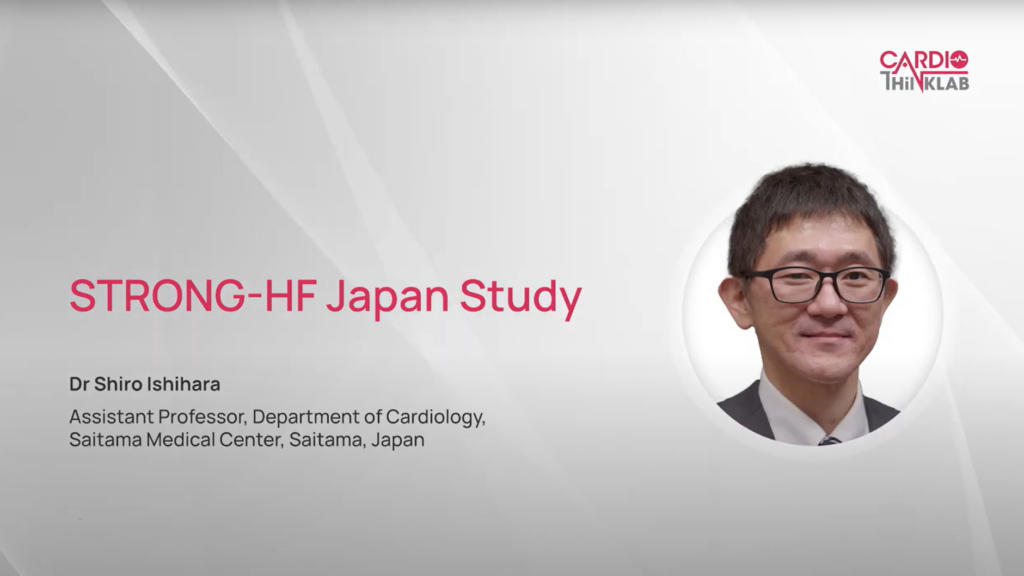Is your emergency department (ED) experiencing overcrowding due to the long turnaround time for investigation and decision-making? Is your ED experiencing difficulty triaging patients presenting with chest pain due to varying types of clinical presentation and risk factors?
As one of Malaysia’s top cardiovascular hospitals, Institut Jantung Negara (IJN) was experiencing similar challenges. With chest pain accounting for 50% of cases in the ED, IJN embarked on a process improvement project to implement the hs-TnT 0/1h Rapid Algorithm for the safe and efficient management of patients presenting with chest pain.
The ESC guidelines recommend the hs-TnT 0/1h rapid algorithm for patients with suspected non-ST-elevation myocardial infarction (NSTEMI). What does this rapid algorithm look like in clinical practice?
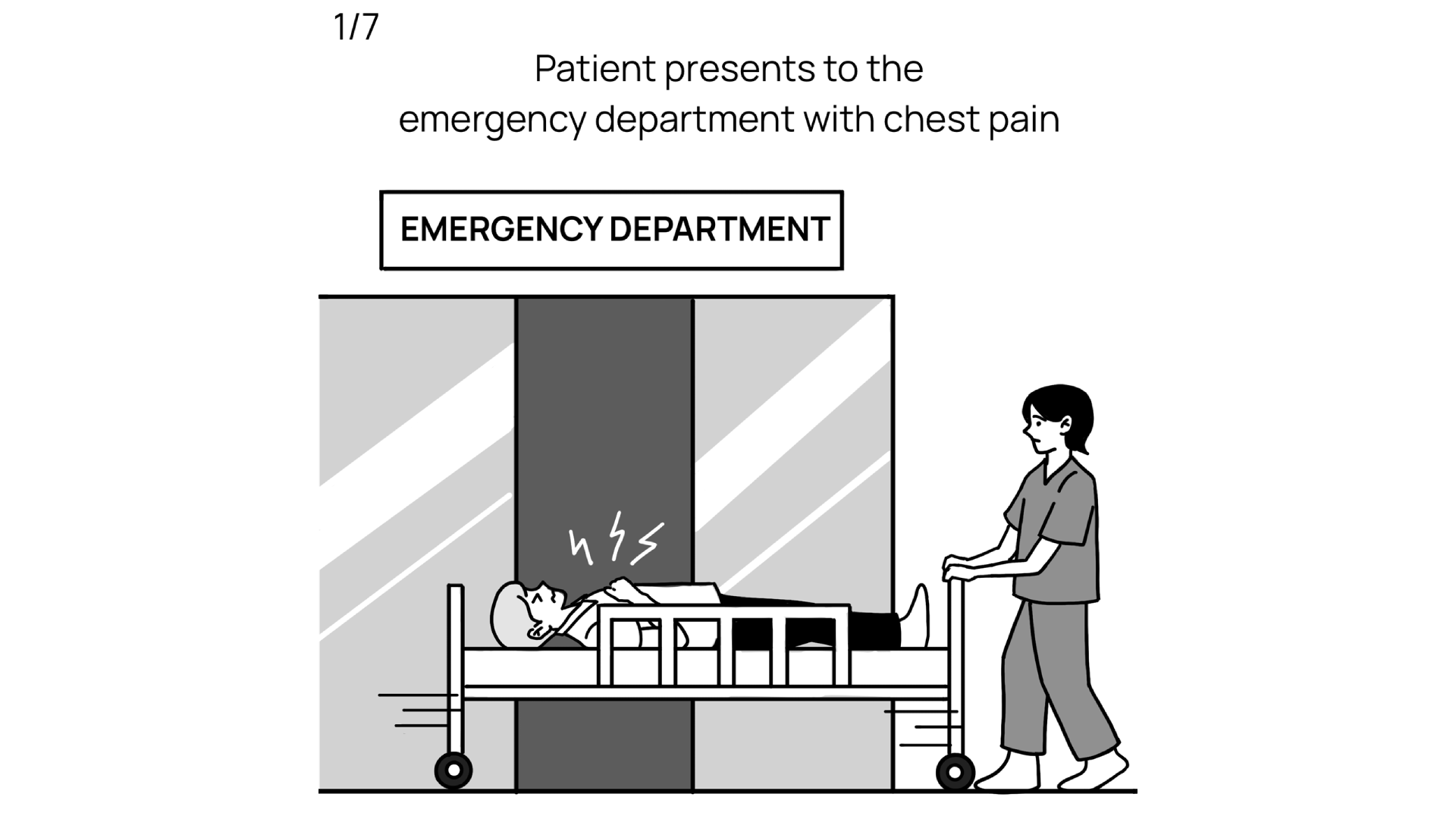
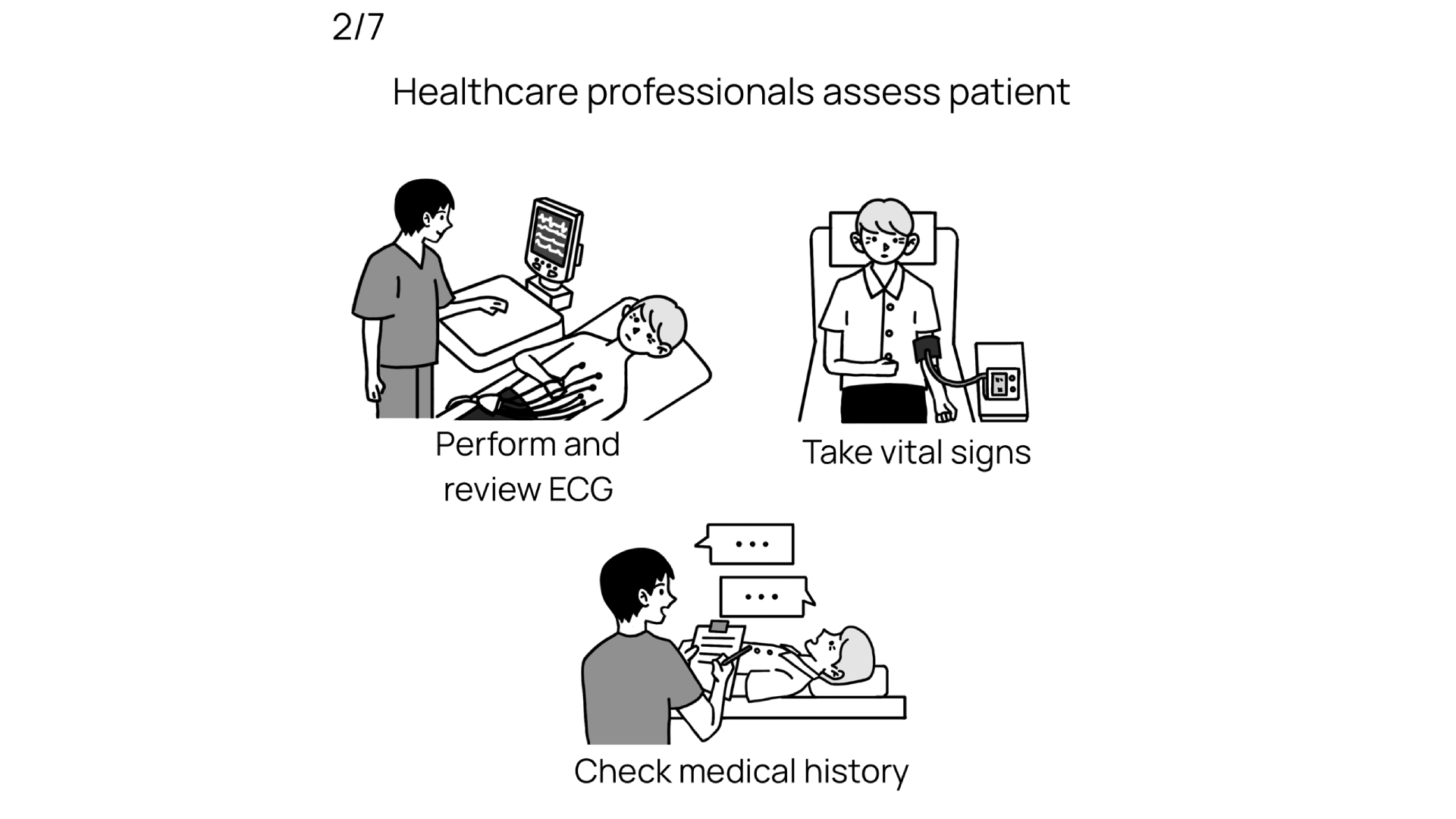
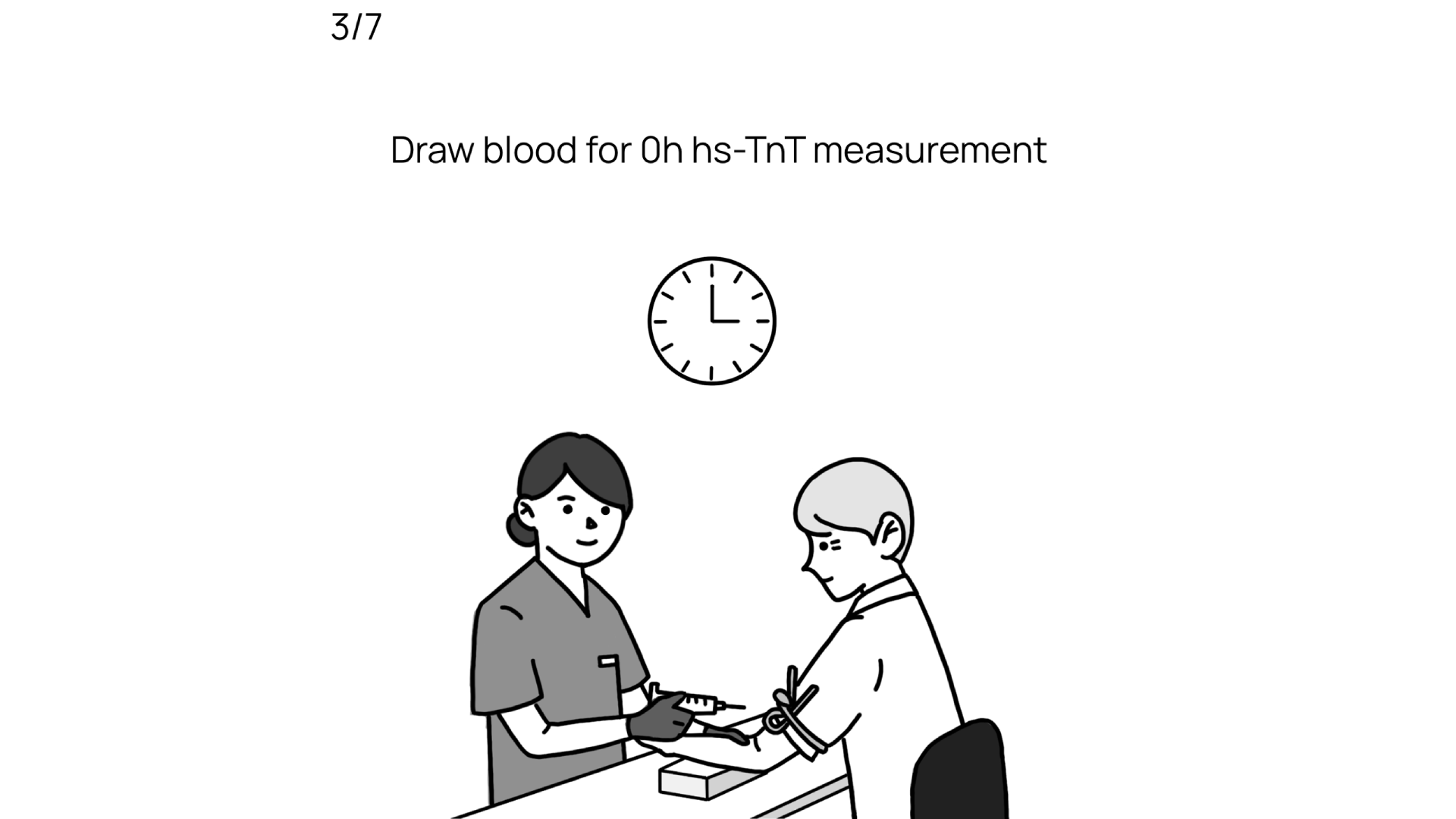
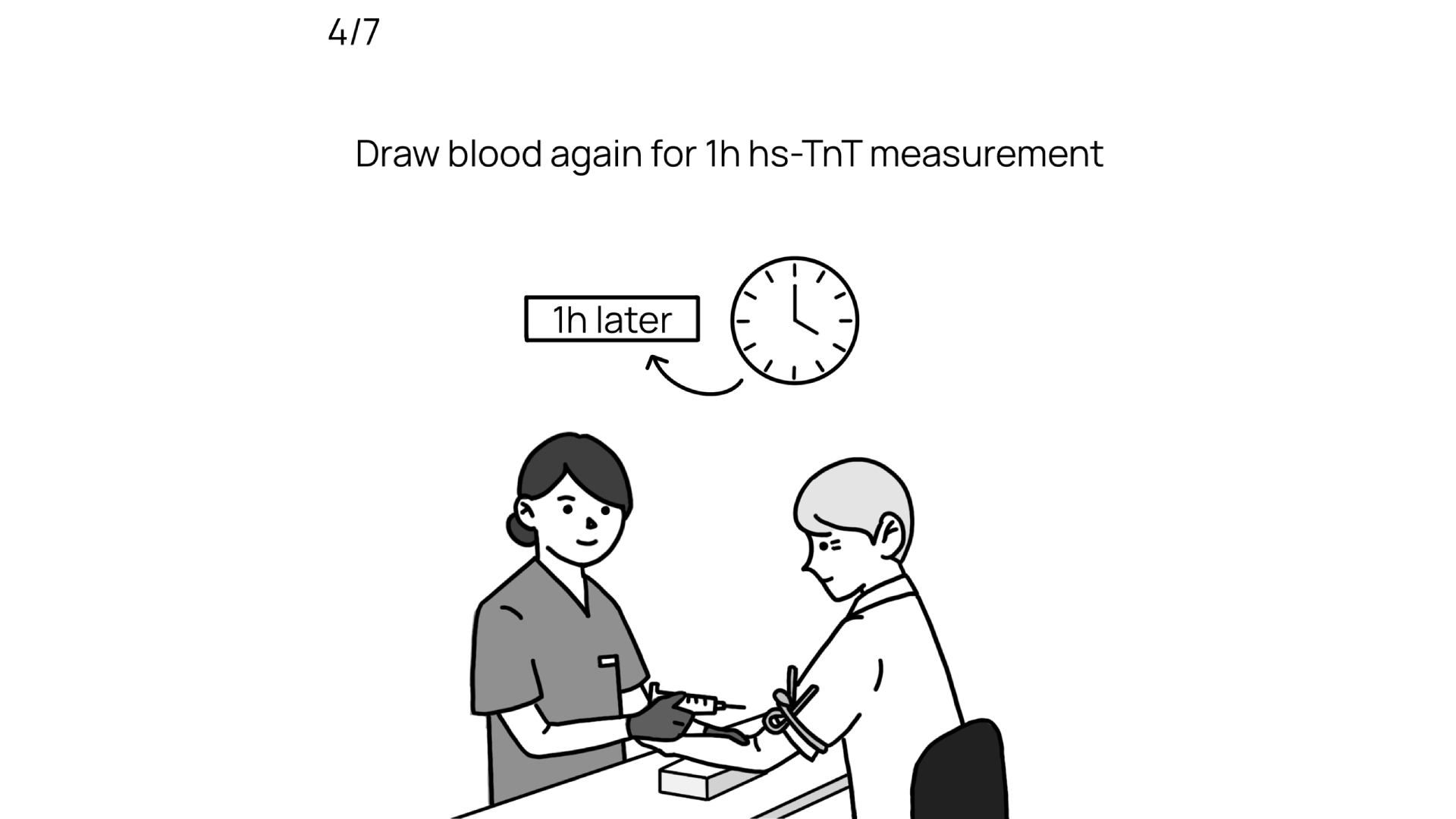
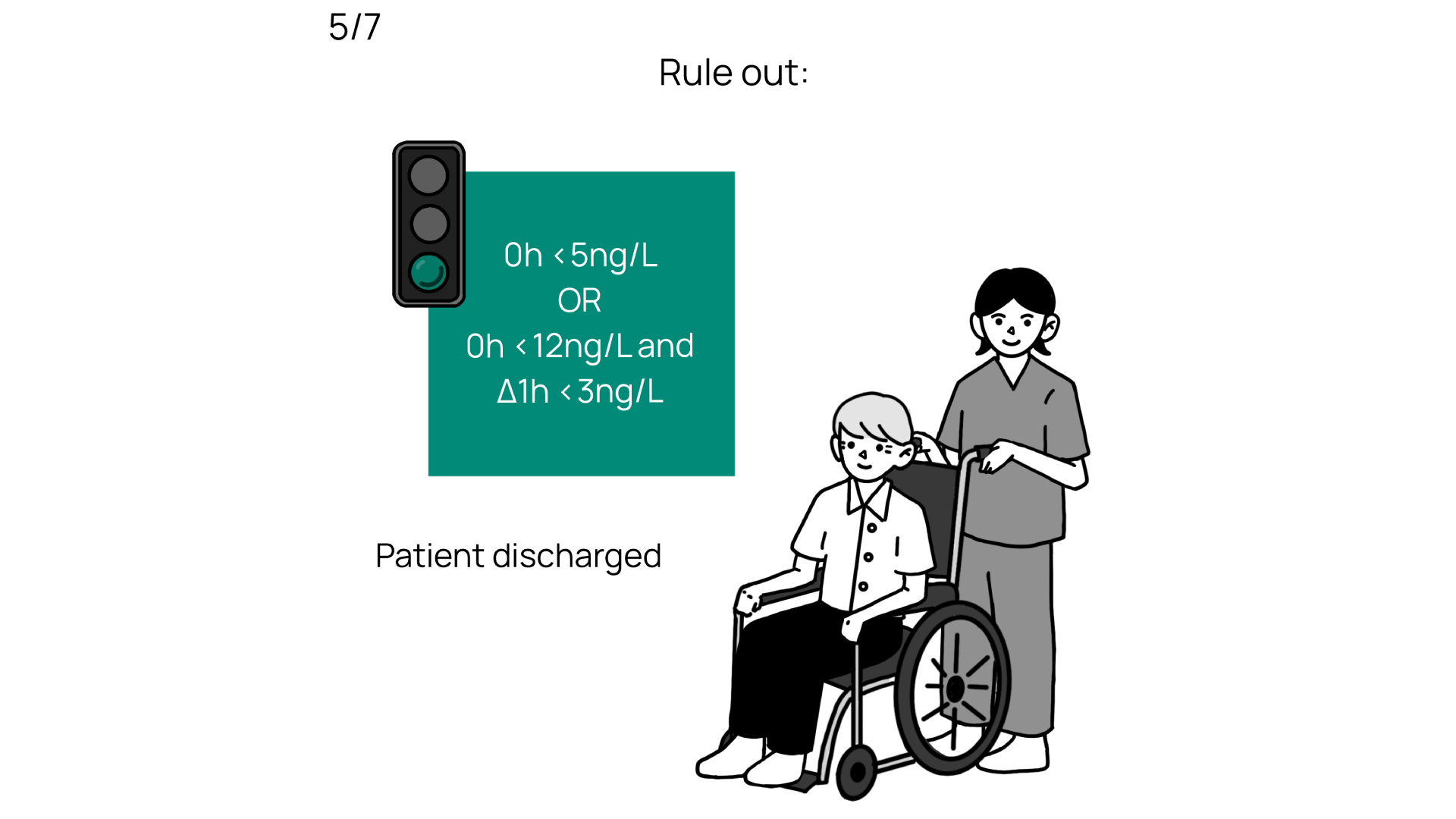
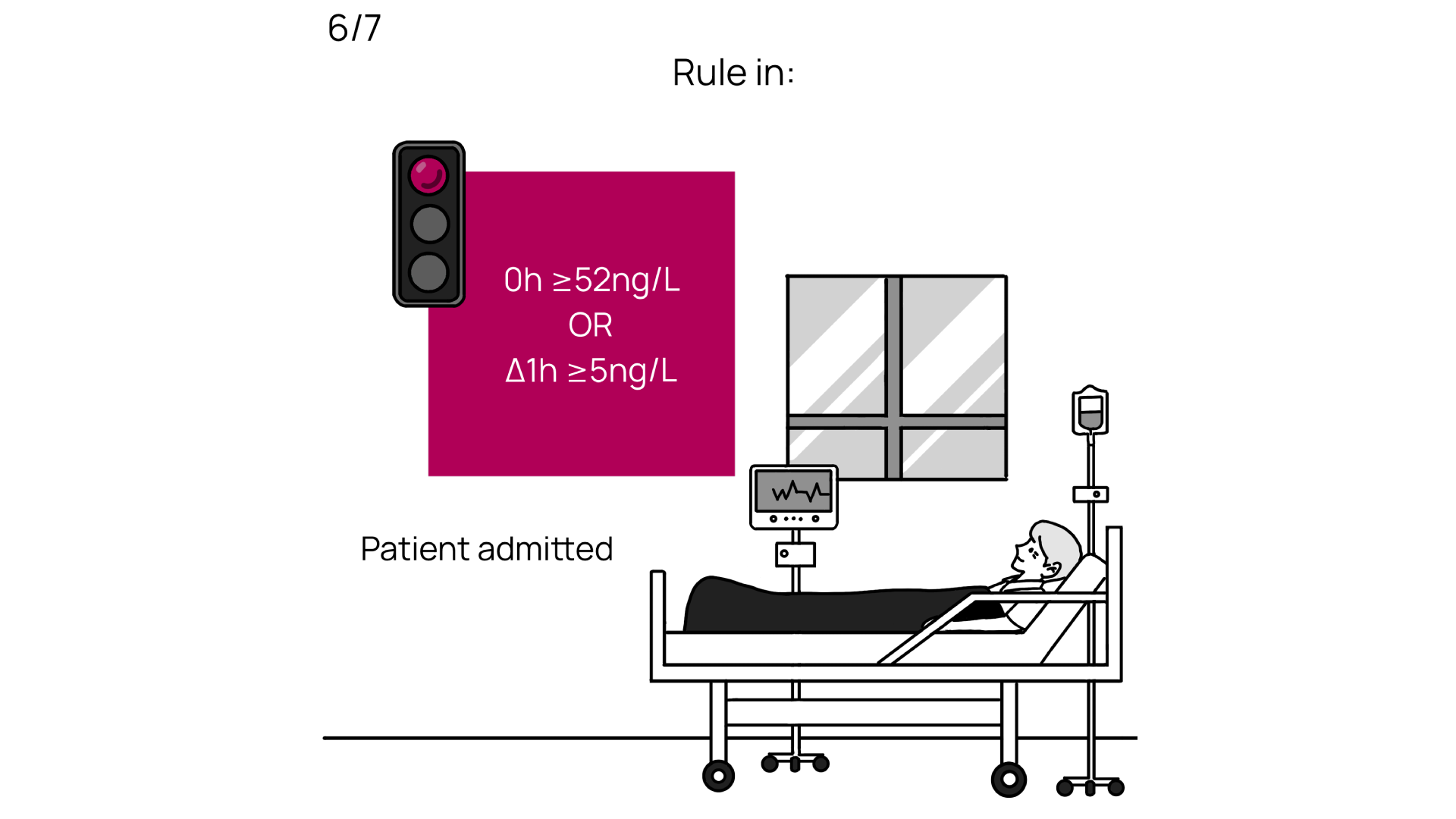
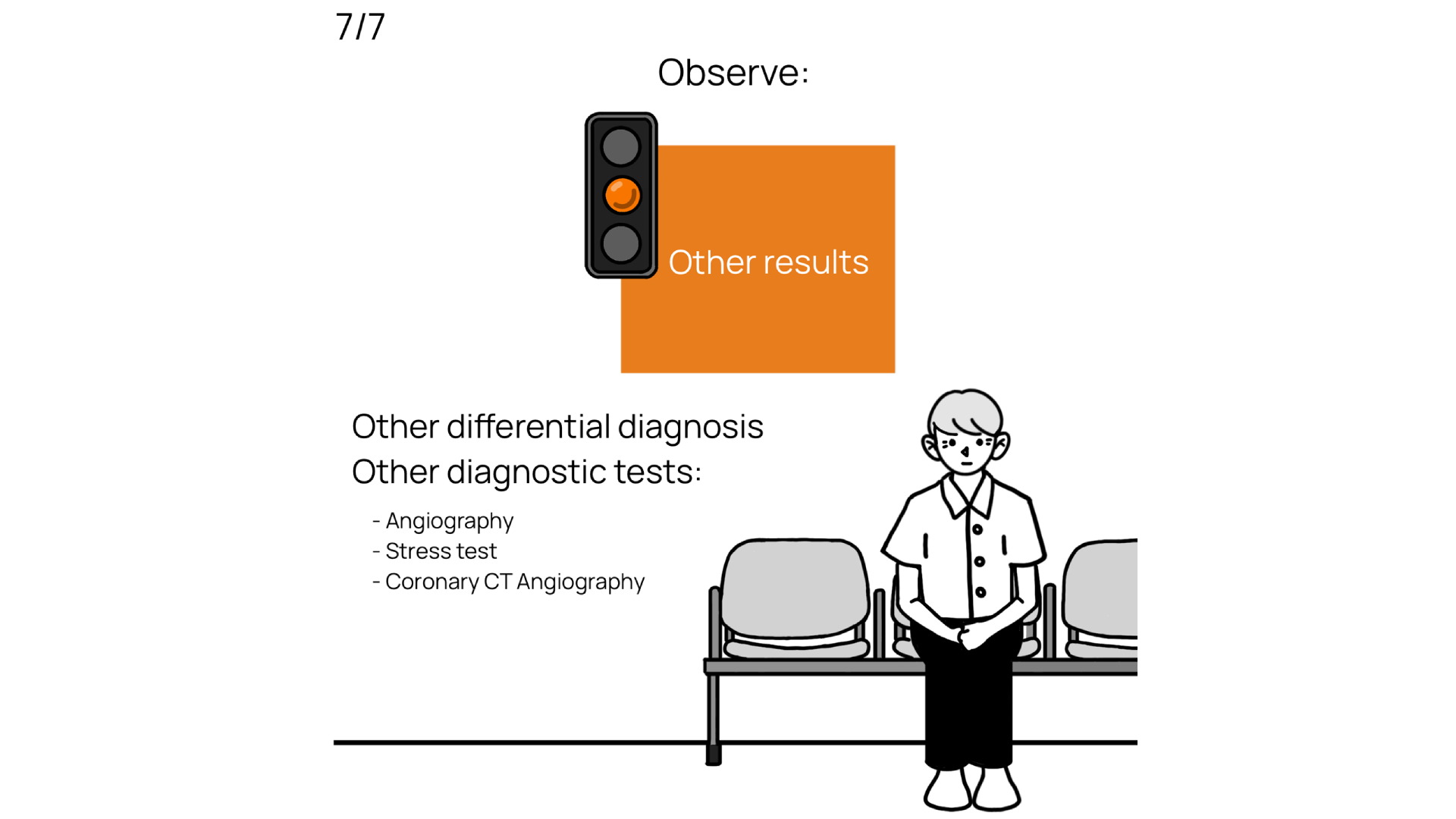
Partnership with the laboratory was crucial to ensure timely sample testing and result reporting. Changes were also made to the lab workflow to meet the target TAT of 60 min, from assay order to results release.
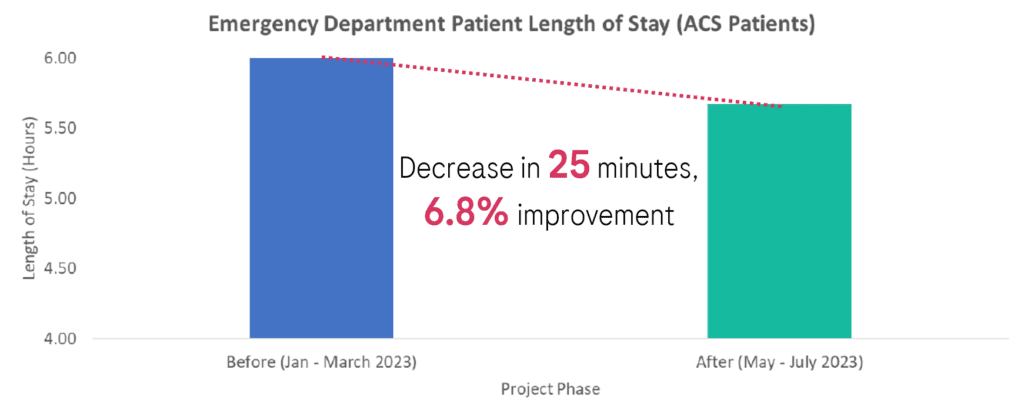
After implementing the 0/1h rapid algorithm, the average Length of Stay (LOS) for ACS patients at IJN’s ED decreased by 25 minutes for 90% of patients. This was a 6.8% improvement.
Check out IJN’s results below in the poster presented at NHAM 2024:
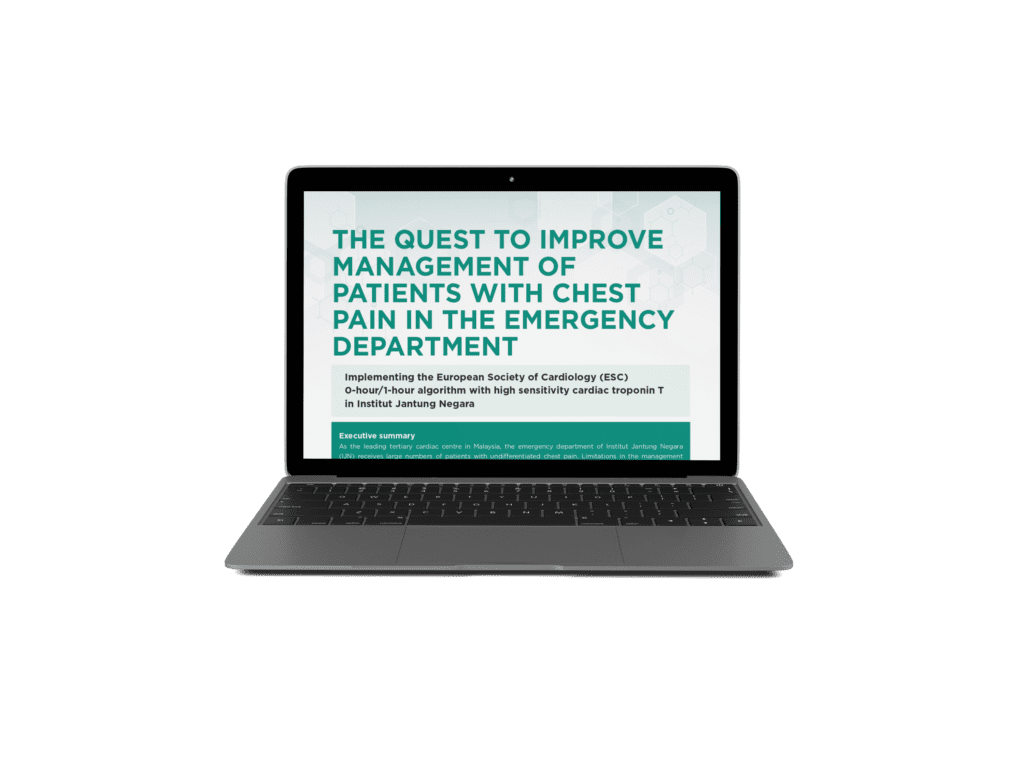
To find out more about the process improvement project and IJN’s journey, download the whitepaper: The Quest to Improve Management of Patients with Chest Pain in the Emergency Department.
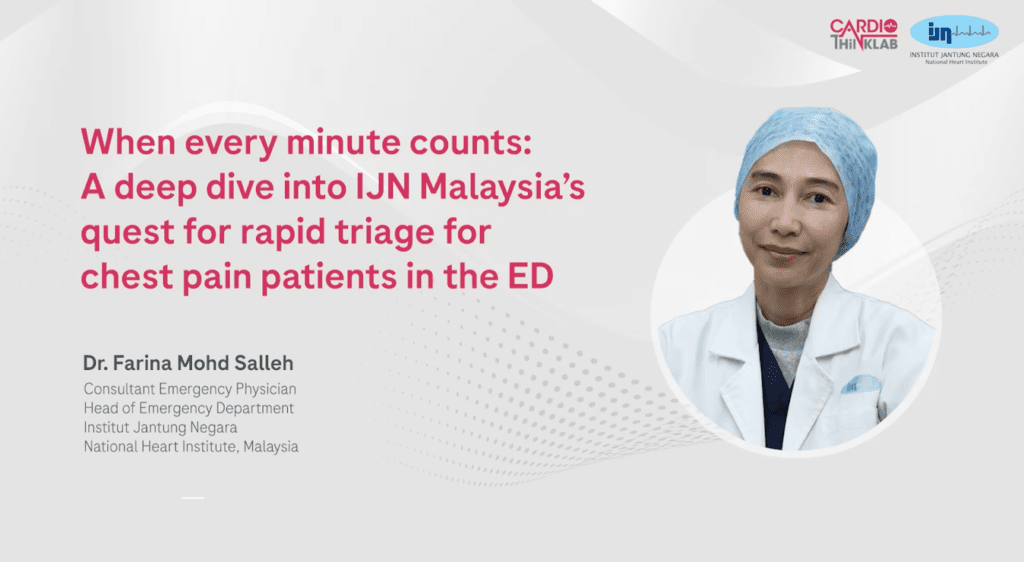
Also, don’t miss our interview with Dr. Farina, Head of the Emergency Department at IJN, on her experience implementing the rapid algorithm at IJN!
